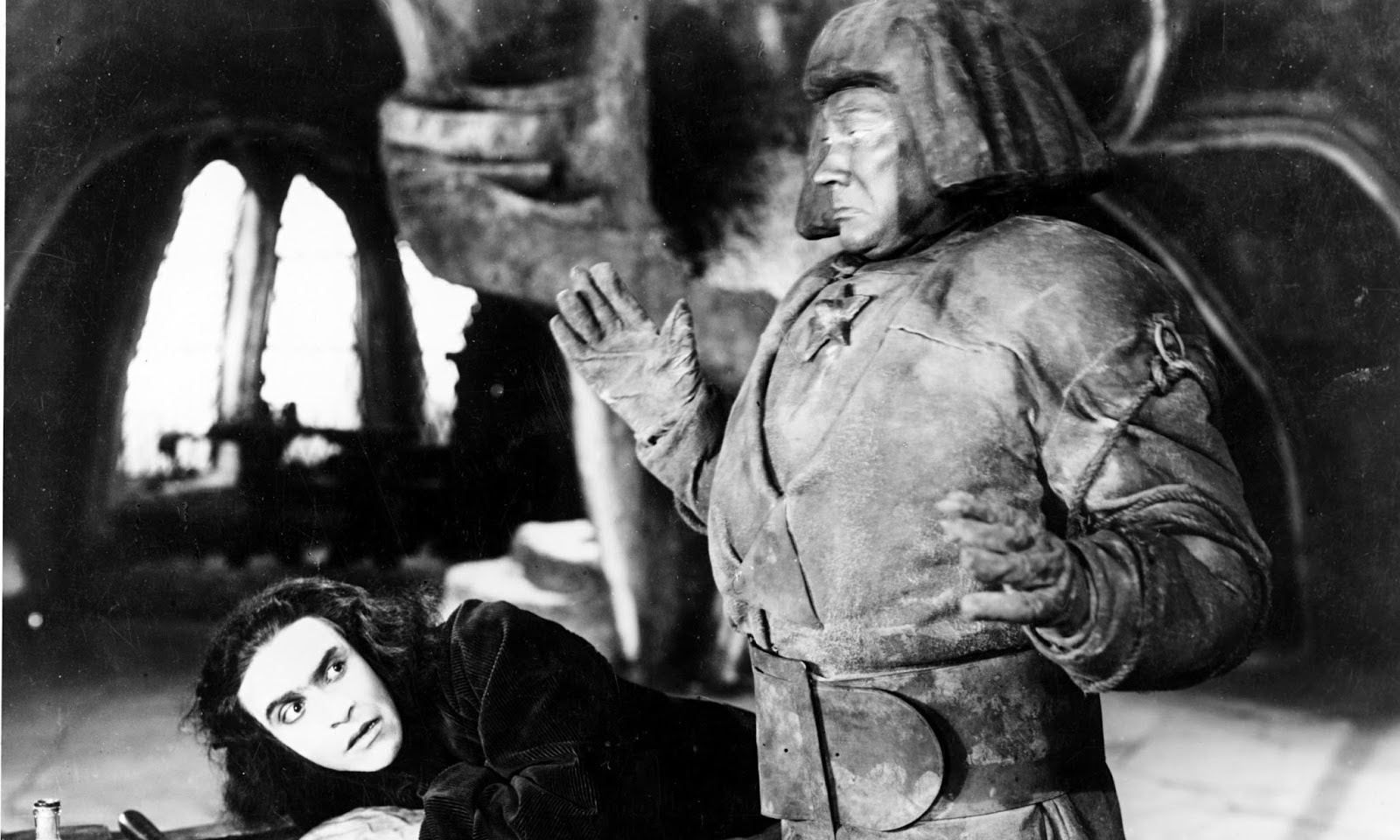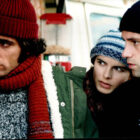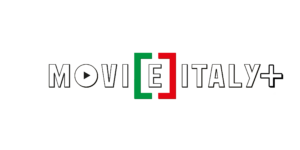Welcome to October, the Halloween month!
Could you find anything better than a warm plaid on the couch while sipping a hot beverage, or enjoying the freshly baked hot popcorn, waiting for a movie to start?
There is no spooky season without a thrilling horror movie marathon. But have you ever wondered about how the horror genre was born in Italy?
The roots of this distinct and unique genre can be traced back to the silent era, with films like “Il Golem” (1920) by Henrik Galeen and Paul Wegener laying the groundwork for the genre. However, it was in the 1960s and 1970s that this genre truly flourished, marked by the emergence of iconic filmmakers such as Mario Bava and Dario Argento.
Often referred to as the “father of Italian horror,” Mario Bava was fundamental in shaping the genre. His films, including “Black Sunday” (1960) and “Black Sabbath” (1963), blended gothic horror with artistic cinematography, influencing a generation of filmmakers. Bava’s atmospheric visuals, use of color, and innovative camera techniques set the stage for the golden era of horror made in Italy.
Building upon Bava’s legacy, Dario Argento became a prominent figure in Italian horror cinema. Argento’s films, such as “Suspiria” (1977) and “Profondo Rosso” (1975), showcased a mastery of suspense and a fascination with the psychological aspects of fear. His use of vibrant colors, haunting scores, and intricate plotlines propelled him to international acclaim.
Italian horror is often associated with the subgenre known as “giallo.” Characterized by its blend of mystery, thriller, and horror elements, giallo films are often marked by intricate murder plots, stylish visuals, and suspenseful narratives. Works like “The Bird with the Crystal Plumage” (1970) by Dario Argento exemplify the giallo style, influencing subsequent horror filmmakers worldwide. Italian horror cinema often delves into the cultural and societal context of the country, reflecting its historical, religious, and artistic influences. Many films explore themes rooted in Italian folklore, mythology, and Catholicism, adding layers of depth to the horror experience. The juxtaposition of ancient traditions with modern fears creates a unique tapestry of horror that is distinctly Italian.
While the golden era of Italian horror may have peaked in the 1960s and 1970s, the legacy lives on. Contemporary filmmakers like Luca Guadagnino, known for his 2018 remake of “Suspiria,” and Roberto De Feo, director of “The Nest” (2019), continue to contribute to the evolution of Italian horror, blending traditional elements with modern storytelling techniques.
Italian horror cinema is a fascinating journey into the dark recesses of fear, where the macabre meets the artistic, and suspense intertwines with cultural symbolism. From the pioneering works of Mario Bava to the mastery of Dario Argento, the genre has left an indelible mark on the global landscape of horror cinema. As the legacy continues through contemporary filmmakers, the horror genre remains a captivating exploration of the human psyche and the eternal fascination with the unknown.
While Italian cinema encompasses various genres, one that stands out for its unique and spine-chilling allure is horror. Italian horror cinema has carved a distinctive niche for itself, captivating audiences with its atmospheric storytelling, psychological depth, and, of course, the macabre.
Don’t miss other insights on Italian cinema on our blog!
And watch our Horror Movies on www.movieitalyplus.com






